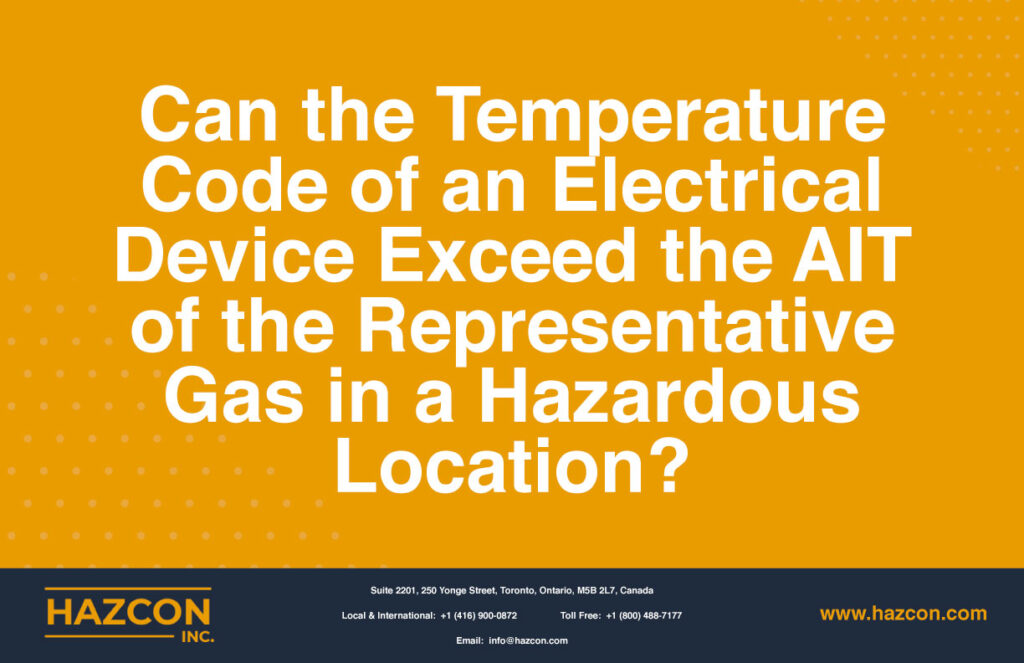
Can the Temperature Code of an Electrical Device exceed the AIT of the representative gas in a hazardous location?
Electrical equipment generates heat when in use and hot surfaces can ignite explosive atmospheres. It is therefore especially critical to consider the maximum surface temperature that an electrical device may reach in service when installed in a hazardous environment where explosive gases are present.
In order to prevent an explosion, it is necessary, first, to understand the temperature classes of electrical devices. Temperature class (known as T-class) is one of the characteristics used to classify an electrical device so it may be safely installed in a hazardous location. It is the maximum temperature of the exposed surface of the electrical apparatus, based on the ambient temperature range defined for that device.
There are six main temperature classes named T6, T5, T4, T3, T2, and T1.
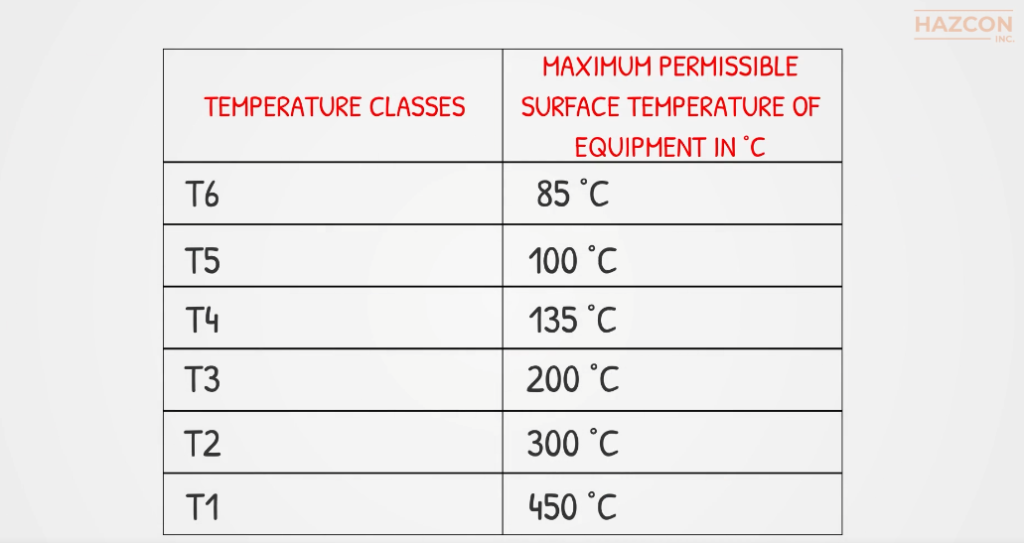
What this table means is that a device classified as T5 will never attain a surface temperature higher than 100°C, for instance.
The T-class of an electrical device becomes critical when we expose the device to explosive atmospheres. We therefore need to know the auto-ignition temperature (AIT) of the gas in our hazardous location. This is the temperature at which a mixture of air and that gas will spontaneously ignite without any additional source of ignition. For instance, Hydrogen has an auto ignition temperature of 560°C, Ethylene 425°C, Diesel 240°C, diethyl Ether 160°C and Carbon disulphide 95°C.
Let’s use an example to clarify these concepts. We have an electrical motor rated T4 for installation in a hazardous location. If this motor were installed in a location in which carbon disulphide with an auto-ignition temperature of 95° C is present, the result would be an explosion.
Now this T4 rated electrical motor can be safely installed in an area when diethyl ether, diesel or hydrogen are present because the minimum ignition temperature of these gases is higher than maximum surface temperature rise of our T4 motor.

To summarize, the maximum temperature of the exposed surface of electrical apparatus must always be lower than the ignition temperature of the explosive atmospheres where it is to be used. All equipment with a T6 rating (which has a maximum surface temperature of 85°C) can be also used in T5, T4, T3, T2 and T1 environments. But If a hazardous location application requires a T4 rated device, a T3 rated product will not be suitable.
We should always remember that temperature class plays a significant role in the safe installation of electrical devices in hazardous locations.
Keep in mind that, for purposes of simplicity, gases are grouped together (into Group IIC, IIB and IIA, for example), with one gas representing each group. For example, Acetylene is the representative gas for Group IIC. It has an AIT of 305°C. The other gas in this group is hydrogen which has an AIT of 560°C. Also, when a product is marked with Gas group IIC, then it can be used when the other groups IIB or IIA are present. Gas group IIC is the most stringent from a sparking point of view. We should note that the AIT of the presented gas must always be higher than the temperature class of the equipment located there.
2 Comments
Leave a Comment
Request a Consultation
Complete the form below to get started.


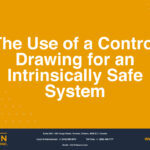
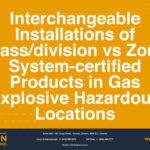

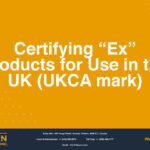
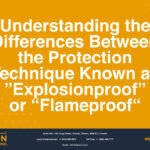
Well explained
Very good explanation!